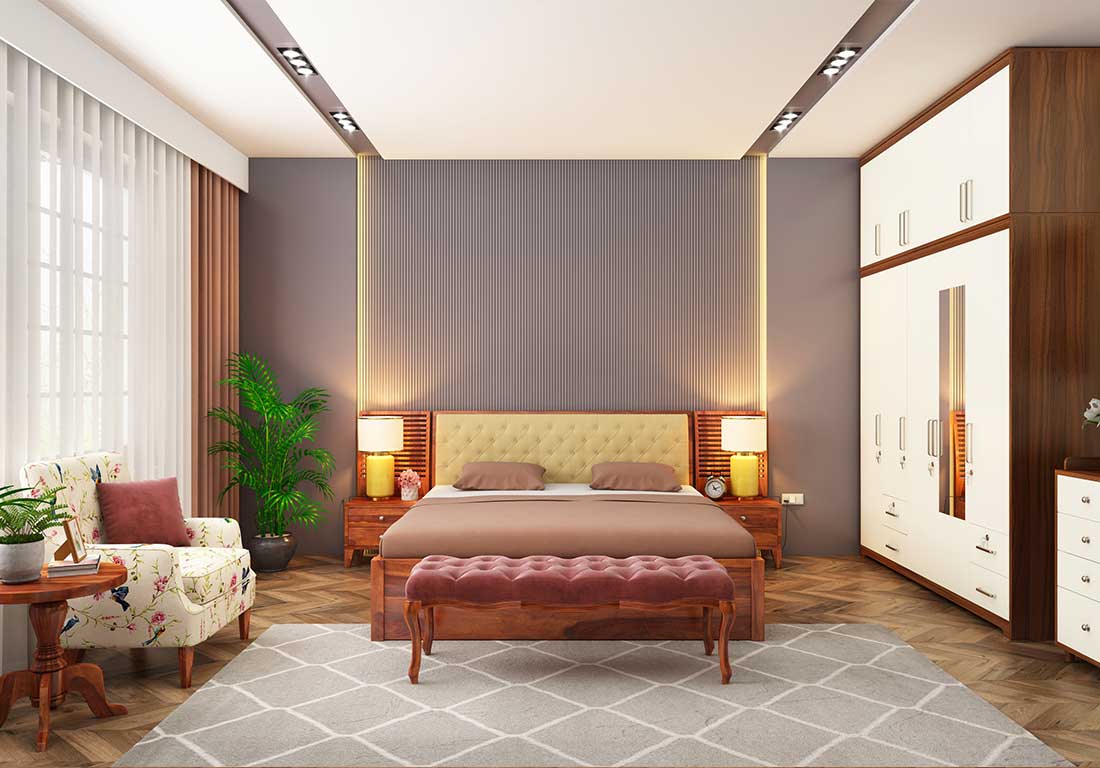You’ve spent hours on Pinterest. You have a folder full of beautiful, inspiring images. You know the feeling you want for your room, but when you start buying furniture and paint, something gets lost in translation. The final result feels disjointed, or worse, nothing like you envisioned.
If this sounds familiar, you’re not alone. The missing link between inspiration and reality is often a well-crafted, functional mood board.
A mood board is more than just a collage of pretty pictures. It’s the strategic blueprint for your space. It tests your ideas for cohesion, balance, and practicality before you spend a dime. When done right, it becomes your North Star, guiding every purchase and decision to ensure your finished room looks and feels exactly as you dreamed.
Ready to create one that actually works? Let’s dive in.
Step 1: Define Your “Why” and Gather Raw Inspiration
Before you open a single app, get clear on your goal.
- What is the room’s primary function?(e.g., A calming retreat for sleep? A vibrant space for entertaining?)
- What three words describe the vibe you want?(e.g., “Cozy, Organic, Collected” or “Sleek, Airy, Minimalist”)
Now, gather inspiration without overthinking. Use Pinterest, Instagram, magazines, and even films. Don’t just save whole rooms. Look for specific elements:
- A paint color you love
- A particular fabric or texture
- A piece of furniture that catches your eye
- A lighting fixture
- A piece of art
Pro Tip: At this stage, quantity over quality. You’ll refine it next.
Step 2: Identify Your Core Elements (The “Ingredients”)
This is the most critical step. Go through your inspiration and identify recurring themes. Then, start to define your core elements:
Color Palette: Choose 3-5 colors.
Dominant Colors: For walls, large furniture (sofa, bed).
Secondary Colors: For accents, smaller furniture (chairs, curtains).
Accent Color: For throw pillows, art, decor (this is where you can be bold).
Key Materials & Textures: What surfaces do you see?
Is it warm wood tones, cool metals, plush velvet, nubby linen, smooth leather, or natural jute?
Aim for a mix of at least three different textures to add depth.
Anchor Pieces: Select 1-2 key items you know you want in the room.
-
- This could be a specific sofa, a vintage rug, or a statement light fixture. Build the rest of the board around these.
Step 3: Choose Your Tool & Start Building
You can go digital or physical. Digital is easier to edit and share.
- Digital Tools:
- Canva: User-friendly with tons of templates. Perfect for beginners.
- Pinterest Board: Create a secret board and use the sections to organize colors, furniture, etc.
- Adobe Express: A more powerful free option.
- Physical Tools (The Classic Method):
- A poster board, scissors, glue, and magazines/print-outs. This is great for including real paint swatches and fabric samples.
Start assembling your “ingredients” on the board. Place your anchor pieces first, then build your color palette and textures around them.
Step 4: The Crucial “Reality Check” Tests
A pretty board isn’t enough. A functional board must pass these tests:
The Squint Test: Squint your eyes while looking at your board. Do the colors blend harmoniously, or does one item jump out awkwardly? This helps you see color and value (light vs. dark) without being distracted by details.
The Scale & Balance Test: Is everything the same style and weight?
- If you have a large, heavy sofa, balance it with a light, leggy coffee table.
- If you have a lot of curved lines, add a few angular pieces for contrast.
- Ensure your furniture is roughly to scale with each other. A massive bed needs substantial nightstands.
The “Can I Actually Buy This?” Test: This is where dreams meet reality. For every inspirational image, find a real, purchasable product that matches it.
- Instead of: A generic “blue velvet sofa.”
- Use: A link to the actual “Navy Blue Velvet Sofa from Article” you’re considering.
Step 5: Refine and Annotate
Your board shouldn’t be a mystery. Add notes to clarify your intent, even if it’s just for you.
- “Walls: Sherwin-Williams Repose Gray”
- “Flooring: Light Oak Hardwood”
- “Accent Chair: Must be under 36″ wide”
- “Brass hardware throughout”
These notes turn your mood board from an inspiration collage into an actionable project plan.

